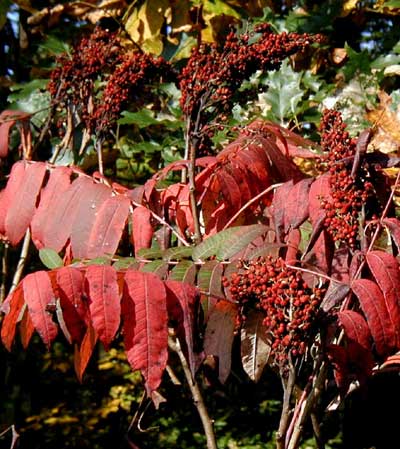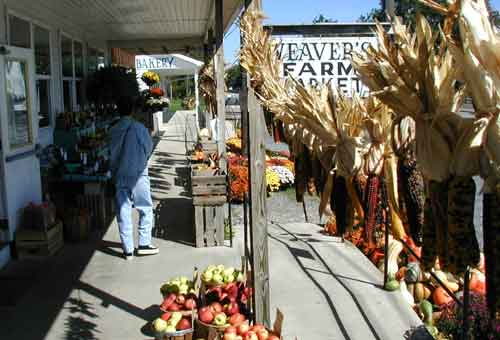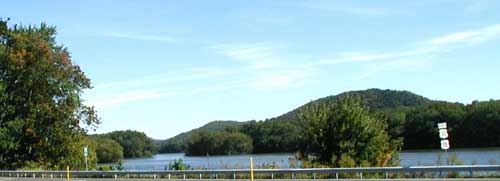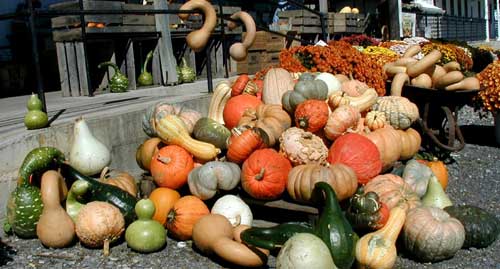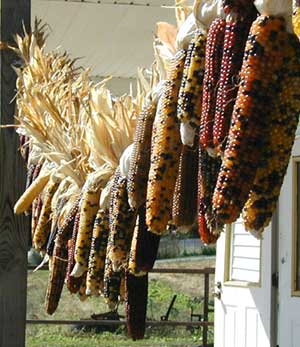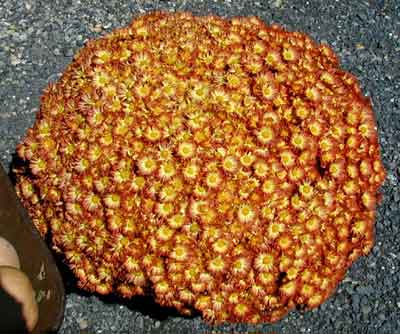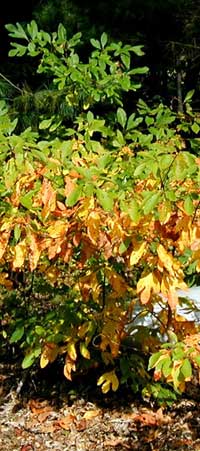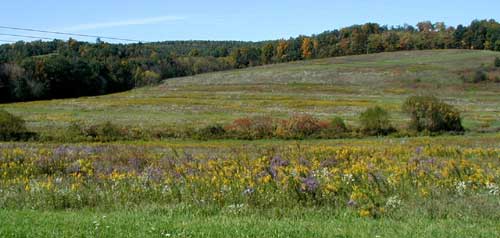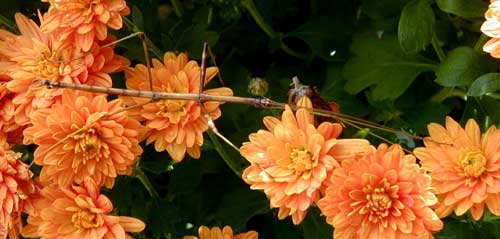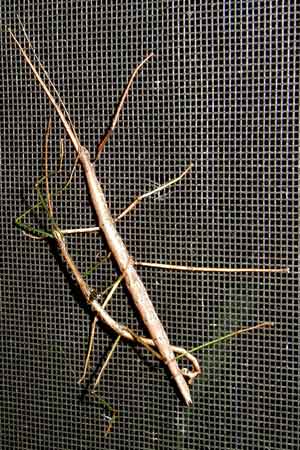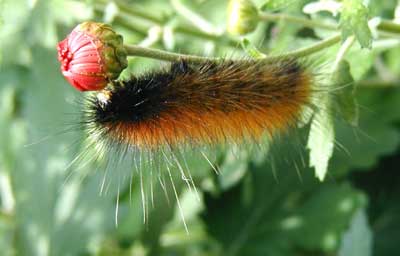Leaves are falling all around us. Almost time to get the gutters cleaned out!
Fall colors weren’t as brilliant this year. Some say it has to do with the amount of moisture. I don’t know, but I still enjoyed seeing the change from green to yellow, orange and red in the forest canopy.
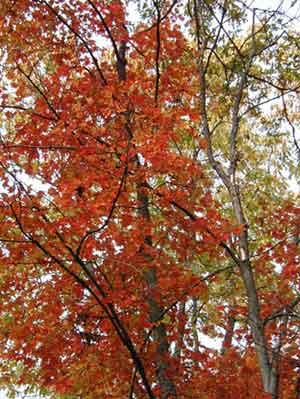
Near the edge of the woods a maple tree bares its trues colors.
We have had a good deal of moisture lately here in Central Pennsylvania. Maybe that spurred a violet into thinking it was time to show her blossom. I was surprised when I saw the purple flower, but it did remind me that several factors govern the timing of plant growth — namely, the recent temperatures of the microclimate, the amount of daylight received by the plant, and moisture levels.
Evidently, some factors are more important than others for certain members of the Kingdom Plantae.

A violet dares to be different and is found blooming in autumn.
Of course not much else is blooming right now. The only bright colors we’ll likely see for another month are the berries. Bright red partridgeberries can be found along the paths in the woods where leaves haven’t completely covered them over. Red berries on the holly trees planted near the woods edge foretell the holiday season that will soon be upon us.
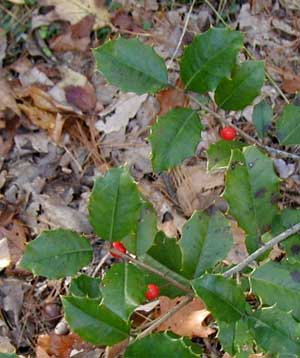
Red holly berries remind me of the coming winter holiday season.
Until the harsh winter winds blow the white stuff around, a pile of leaves will help protect a few of the culinary herbs near the house. We should be able to gather a few sprigs of oregano, mints, lavender and catnip for a while longer.

